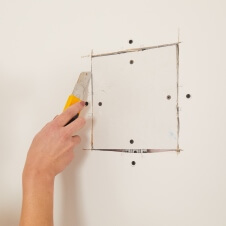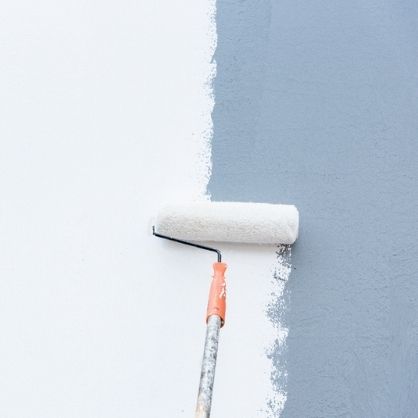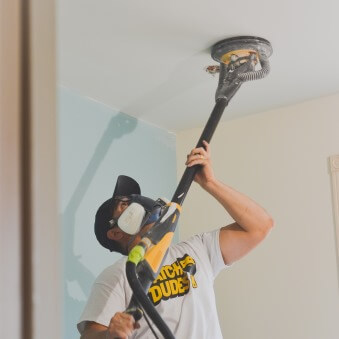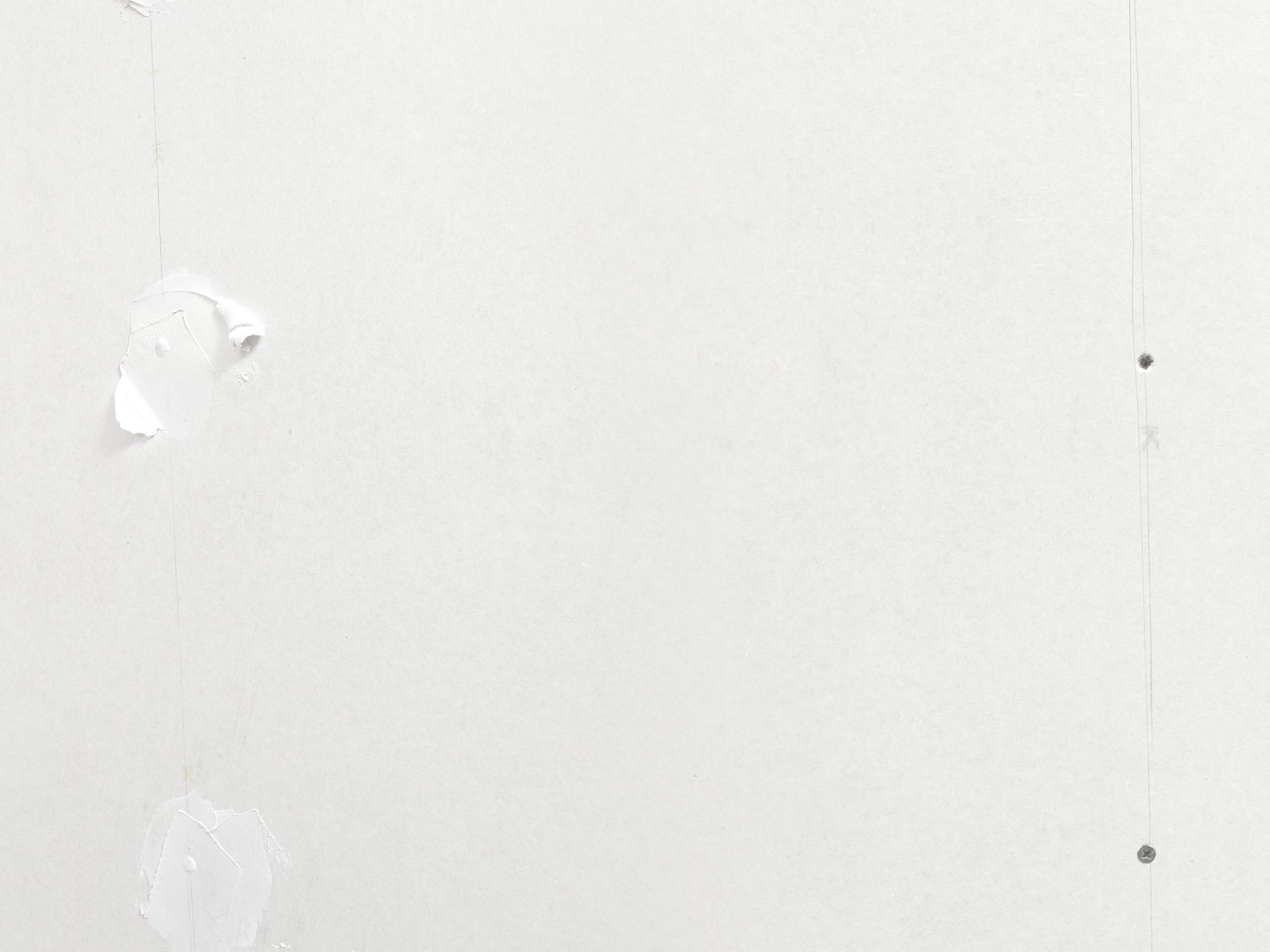

Understanding Drywall: Composition and Common Issues
Drywall, also sometimes referred to as gypsum board, is a staple in many Canadian homes because of the simplicity and inexpensiveness of the material. Understanding drywall is key to a great and lasting home. Let’s explore its makeup and some common problems it faces.
What is Drywall?
Drywall is made up mostly of gypsum, bonded between two layers of paper. Its popularity comes from its smooth surface and ease of installation. It is ideal for painting, wallpaper, or tiling. However, this gypsum core can bring problems, especially in humid areas.
Common Problems with Drywall
Although drywall is handy in many ways, there are disadvantages it presents. A major drawback is that of water damage. Water easily makes the gypsum board soft and crumbly, creating bulges and mold. Daily wear and tear also create dents, holes, and cracks that not only affect its appearance but also its structural integrity.
Regular maintenance will prevent these issues. The sooner the damage of moisture is detected and repaired, the less it will cost. Knowing the strengths and weaknesses of drywall helps us keep our homes safe and attractive.
Signs Your Drywall Needs Repair
Cracks and Holes
Water Damage
Mold and Mildew
Professional Drywall Repair Services
The decision between doing it yourself and hiring professional drywall contractors is not that difficult. With the latter, you can save something more valuable than time and effort. Our group of professional drywall contractors has experience and skill in accomplishing the job both efficiently and effectively.
Benefits of Hiring Professionals
Choosing expert wall repair services over a DIY attempt offers several key advantages:
- Precision and Expertise: Professional drywall contractors possess the skill and precision needed to handle any repair, from minor cracks to major damage.
- Time Efficiency: Our team can complete the job quickly, avoiding the mistakes and delays often associated with DIY projects.
- High-Quality Finish: Expect a finish that is not just good but exceptional. A clean, polished finish enhances your home’s value and restores its beauty.
What to Expect from a Professional Service
Opting for our expert wall repair and drywall restoration service means you can expect:
- Thorough Assessment: We begin with a detailed evaluation of the damage to determine the most effective repair strategy.
- Detail-Oriented Repairs: Every step, from applying compound to sanding and finishing, is done with careful attention to detail.
- Final Inspection: After completing the repairs, we conduct a final inspection to ensure perfection, leaving your walls looking as good as new.
Ultimately, you gain more than just a fixed wall. You also have peace of mind, knowing your home is in the hands of trusted professionals. Trust our professional drywall contractors for a seamless and stress-free drywall restoration service.
Preventative Drywall Maintenance Tips
- Regularly dust and clean your walls to avoid dirt and grime buildup. Believe us, a clean surface goes a long way in drywall care.
- Ensure there are no leaks in your home. Water damage is a silent destroyer, sneaking up on us and wreaking havoc if preventative measures aren’t taken.
- Use wall protectors behind door handles to prevent unsightly dents and holes – the lesser-known heroes in the game of long-lasting walls.
Next, a couple of deep maintenance activities:
- Inspect your drywall periodically for any signs of wear and tear. Spotting issues early means smaller, manageable repairs. Think of it as a health check-up for your walls.
- Touch up paint and finishes to maintain a seamless look. A fresh coat can do wonders for your drywall’s longevity.
Common Drywall Maintenance Mistakes to Avoid
Maintaining drywall is pretty easy, but a few mistakes tend to weaken the structure. By avoiding these mistakes, you would save some time, cash, and headaches for later.
Over-Sanding
Using Too Much Water
The most important thing in taking care of drywall is effective management of moisture. Too much water weakens structures and causes mold. Avoid using too much water when cleaning, and make sure the area actually dries out completely. When patching, select products that require minimal water, and be careful with instructions about drying to avoid problems with moisture.
Avoiding these common errors and mastering sanding and moisture management will help keep your drywall in top condition for years.
Drywall Repair Best Practices
- Preparation is Key: Before starting repairs, ensure the damaged area is clean and dry. Remove any loose debris, dust, or moisture. This creates a smooth surface for your work.
- Use Quality Materials: High-quality materials, from joint compounds to drywall tape, are essential. Cheap alternatives might save money initially but can lead to more repairs later.
- Feathering Out the Edges: Achieving a seamless finish involves feathering out the edges of the joint compound. This blending technique prevents noticeable lines and ensures a smooth transition.
- Multiple Coats are Your Friend: Applying multiple thin coats of joint compound minimizes lumps and bumps. Each coat should be sanded lightly to maintain an even surface.
- Consistent Sanding: Consistency is key when sanding between coats. Use fine-grit sandpaper and sand lightly to avoid creating indentations or removing too much material.
- Prime Before Painting: After completing repairs, prime the area before painting. Primer ensures paint adheres well and provides a uniform appearance across the wall.
Following these best practices and using industry-standard techniques guarantees a durable repair and a flawless finish. This ensures the repaired area blends seamlessly with the rest of the drywall. Happy repairing!
General Cleaning and Upkeep of Drywall Surfaces
Starting your journey in drywall upkeep is easier than you think. With the right tips for wall cleaning, your walls can look new for quite some time. We’ll explore how to clean both painted and unpainted drywall surfaces.
Dusting regularly is a must when trying to keep painted surfaces intact. Use a soft cloth or take a light dusting brush to remove dust and cobwebs. This stops them from setting and becoming part of your walls.
Scuffs and smudges giving you a headache? Fear not! On painted walls, it works quite well to use a mixture of dish soap and water. Take a sponge or cloth, wring out well, and carefully wipe the marks. A light touch will do to avoid any paint damage.
With unpainted drywall, be very careful. Too much moisture will damage it. Stick to dusting dry or a slightly damp cloth. Light scrubbing at most; you want the wall intact.
By following these wall cleaning tips regularly, your drywall will stay in excellent condition. Your home will become a clean, well-kept sanctuary. Adopt these habits and enjoy the beauty of well-maintained walls!
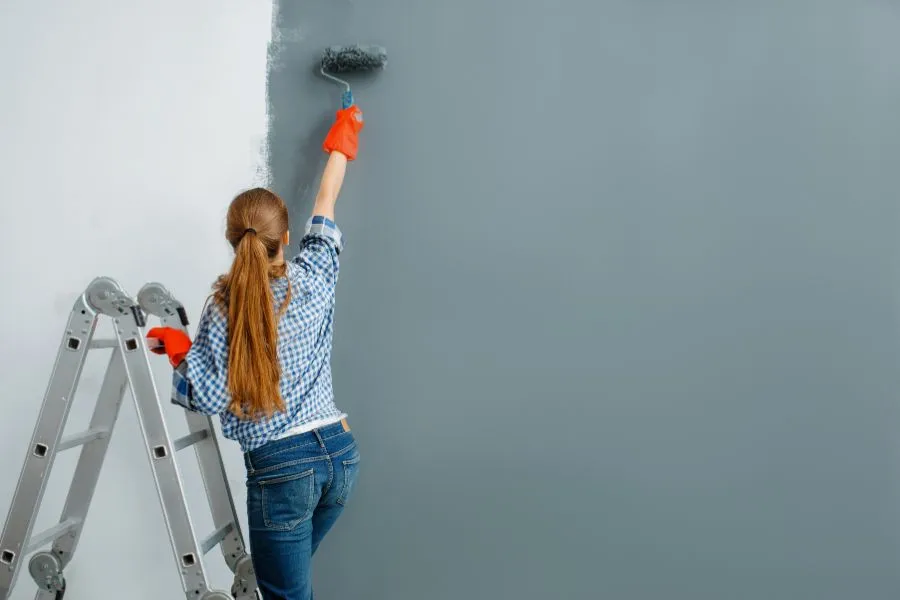
Drywall maintenance goes beyond just fixing holes as they pop up. It involves understanding your drywall, spotting damage early, and knowing when to tackle it yourself or seek professional help. This guide has covered everything from the basics of drywall to preventative maintenance tips.
If you’re unsure about tackling a drywall issue, the Patch Dudes team is ready to help. With our drywall expertise, we can have your walls looking good as new in no time. Get in touch with us today to learn more about our drywall repair services! Let’s keep our walls in top shape, one patch at a time!


